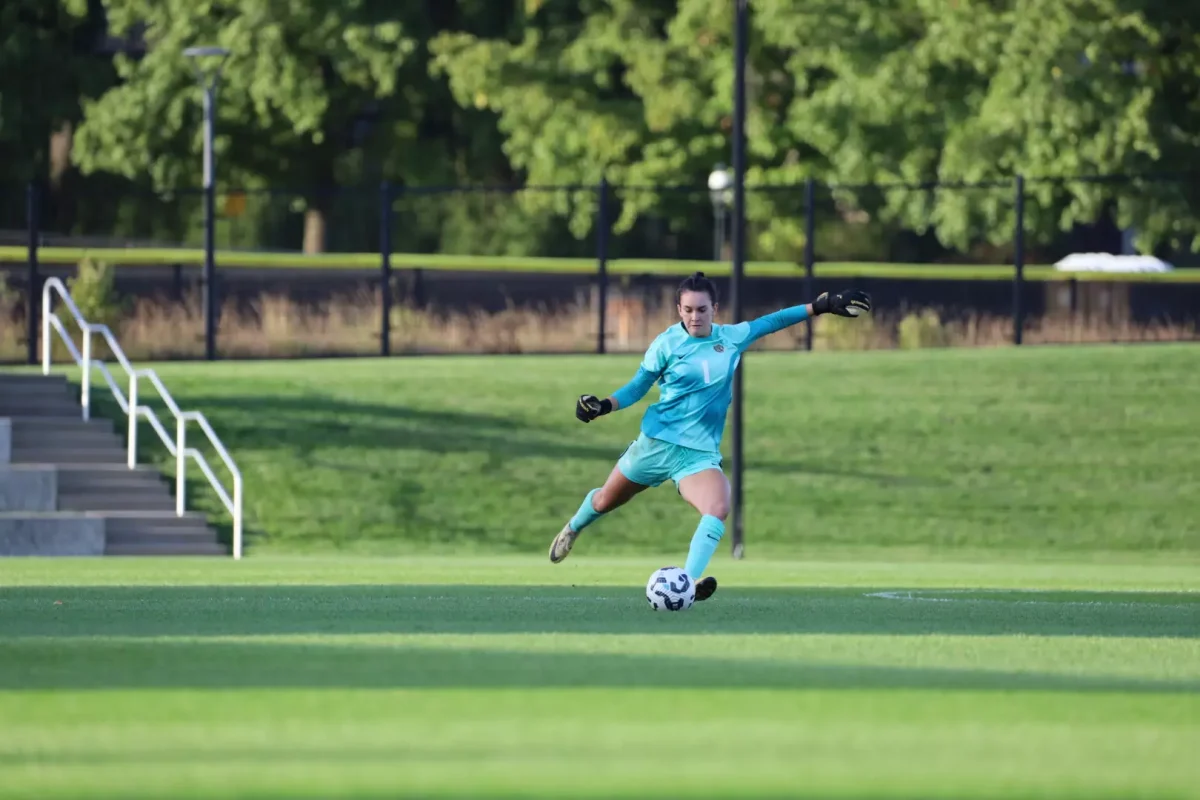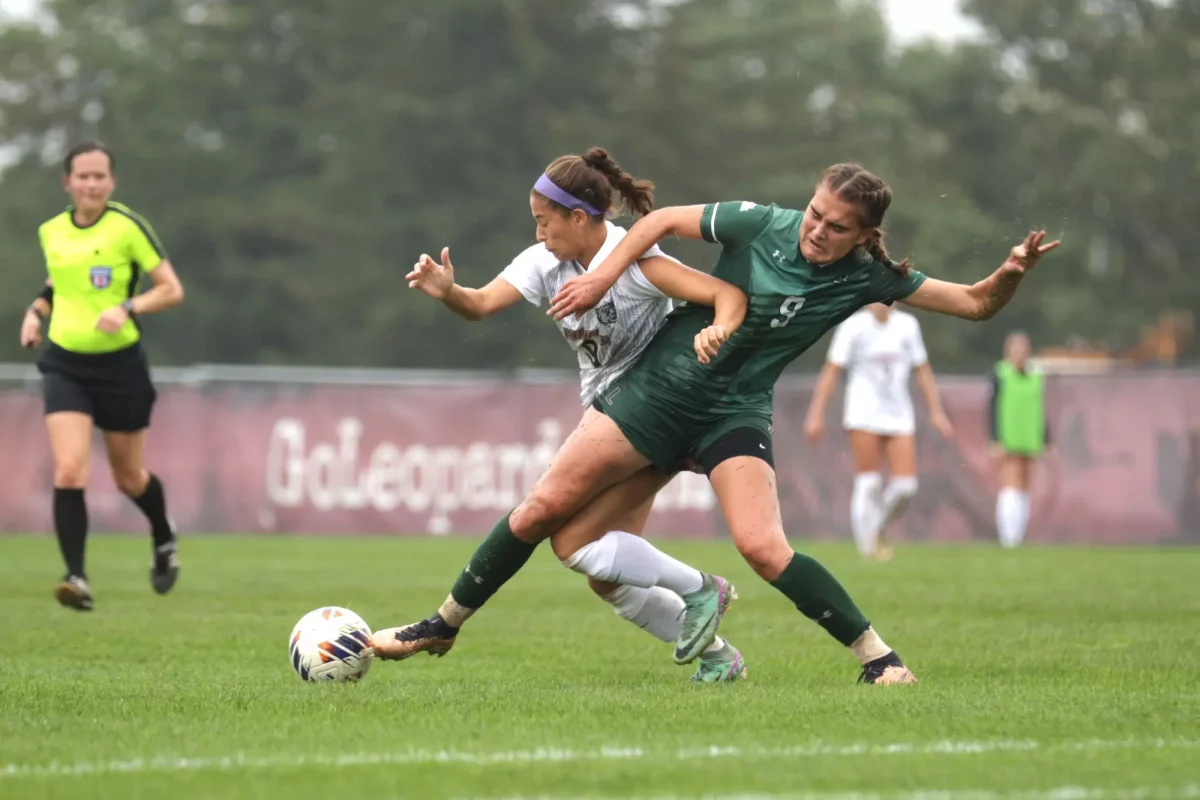Lafayette professors don’t just teach. Anthropology professor Andrea Smith happens to also be a touring author.
The ongoing tour for Smith’s latest book, “Memory Wars: Settlers and Natives Remember Washington’s Sullivan Expedition of 1779,” has taken her to universities, historical societies and even churches since it was released in July.
“Memory Wars,” which is available for purchase online, covers the many sites and markers that map General John Sullivan’s scorched earth campaign against the British-allied Iroquois Confederacy that saw the destruction of 40 villages during the Revolutionary War. This campaign has courted controversy on campus because there is a plaque commemorating the event near Lavender Lane.
“I’ve always been interested in how dominant groups rewrite the past to serve contemporary needs and I’m also interested in how people who are settlers in a new land will rework the past to kind of justify their belonging to the new home,” Smith said. “So both those interests kind of converged.”
Professor Caroline Lee, head of the anthropology and sociology department, believes that students should be aware of the expedition and its effects.
“Students are thinking about it,” Lee said. “I think communities are all of a sudden paying attention to markers that have been in their community forever, but that nobody was reading or really paying a lot of attention to,” Lee said.
From a Native American cultural center to SUNY Cortland, Smith has found that she has met more people than she bargained for. She wants Americans who attend her book tour to take away a new understanding of the Revolutionary War from the perspective of Indigenous people.
“I hope they look at the landscape in a different way,” Smith said. “For non-Native people … I hope they’ll realize that Native American history is part of American history and they’ll start to get curious and try to learn more.”
Smith also wants the message of her book to reach the Native American community.
“I guess for Native American listeners, they’ll understand more about the motivations of the non-Native people who put up markers that are pretty derogatory from their perspective all over the land and try to understand where they’re coming from,” Smith said.
Although Smith has taken a break from the tour, she says it will resume in December.
“I’ve been invited now to a church, a Revolutionary War roundtable, a Daughters of the American Revolution meeting, the Historical Society [of Pennsylvania] and a cultural center in Pennsylvania, an arts collective,” Smith said. “Very different kinds of organizations.”
The next book on the horizon for Smith will most likely cover the Walking Purchase, which entails the details of the treaty made by the sons of William Penn and the Lenape tribe.
“It’s another piece of this puzzle of how communities in Pennsylvania and New York state … reckoned with this legacy of genocide [and] displacement,” Lee said. “It was always a shock, so people are just kind of wrestling with those histories.”
At the various stops on her book tour, Smith has found that she’s been inspired by the new ideas and perspectives of those who attend her talks.
“People either have new ideas of other markers I hadn’t thought about or other histories I hadn’t thought about or [Indigenous] people with family experience and family stories that people have shared spontaneously at the events,” Smith said. “It’s just been really fun to meet new people.”
Smith will give a talk about her book in Kirby Hall of Civil Rights on Nov. 13.
























































































































